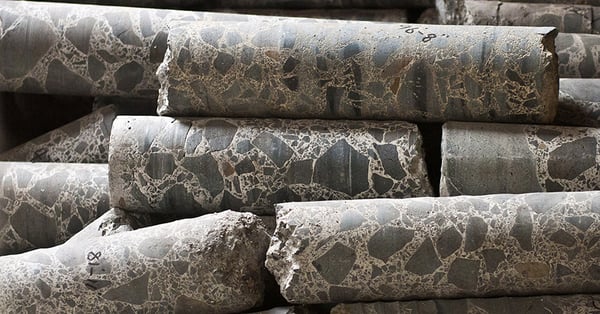When we think about digital pressure transducers, various applications such as precision pressure measurement, production testing, calibration and verification come to mind. Aside from these traditional applications, pressure transducers can be used in a variety of industries and unexpected applications - sometimes even hidden inside other equipment!
An example of such an application is when a transducer is used in equipment that requires a very accurate measurement of pressure. Original equipment manufacturers (OEMs) have utilized this type of pressure transducer in diverse applications from precision flow measurement and calibration equipment, atmospheric testing systems, production testing, hydrological testing and calibration to core sample testing for oil and gas exploration. Many times, a single pressure transducer is all that is needed for each piece of equipment, other times, multiple transducers are needed to measure gradients in pressure or differences in pressure across a process. With such diverse applications, the requirements for temperature compensated pressure measurement are wide too.One uncommon application of precision pressure measurement is in oil and gas exploration. The pressure transducer is placed in equipment used to evaluate variables in a rock formation. The processes employed in drilling wells and extracting hydrocarbons can be adjusted based on the qualities of the rock formation being explored. There is potential for failure in drilling that may result in wellbore collapse, hydro / shear fracturing, and wellbore breakouts. Core samples from the formation being drilled can be tested in the laboratory at temperatures and pressure that simulate downhole conditions. The results of these tests can be used to adjust drilling processes to mitigate potential costly failures.
Extracting the material from the formation in the production phase can also have deleterious effects on the formation. Extraction may cause changes in the volumetric pore space. Testing can also evaluate rock’s volumetric compressibility by measuring the stress and strain behavior. These values are used to estimate the amount of oil in the formation, evaluate reservoir maintenance needs, and implement procedures to increase the performance of the well.

Accurate pressure and temperature measurements are very important variables in these testing processes, and depending on the test, there may be multiple pressure points that need to be evaluated. Manufacturers of this type of testing equipment rely on transducers that measure high pressure accurately across a wide temperature range.
Mensor's newest digital pressure transducer, the CPT6020, does just that!
The CPT6020 measures pressure for ranges as low as 0 to 10 inches of water to as high as 0 to 15,015 psi. The accuracy for any range chosen is 0.02% of full span with active temperature compensation between – 20 … 70 C°. With its compact stainless steel housing and configurable mounting positions, the CPT6020 fits the bill on many OEM applications.
Related Reading:

